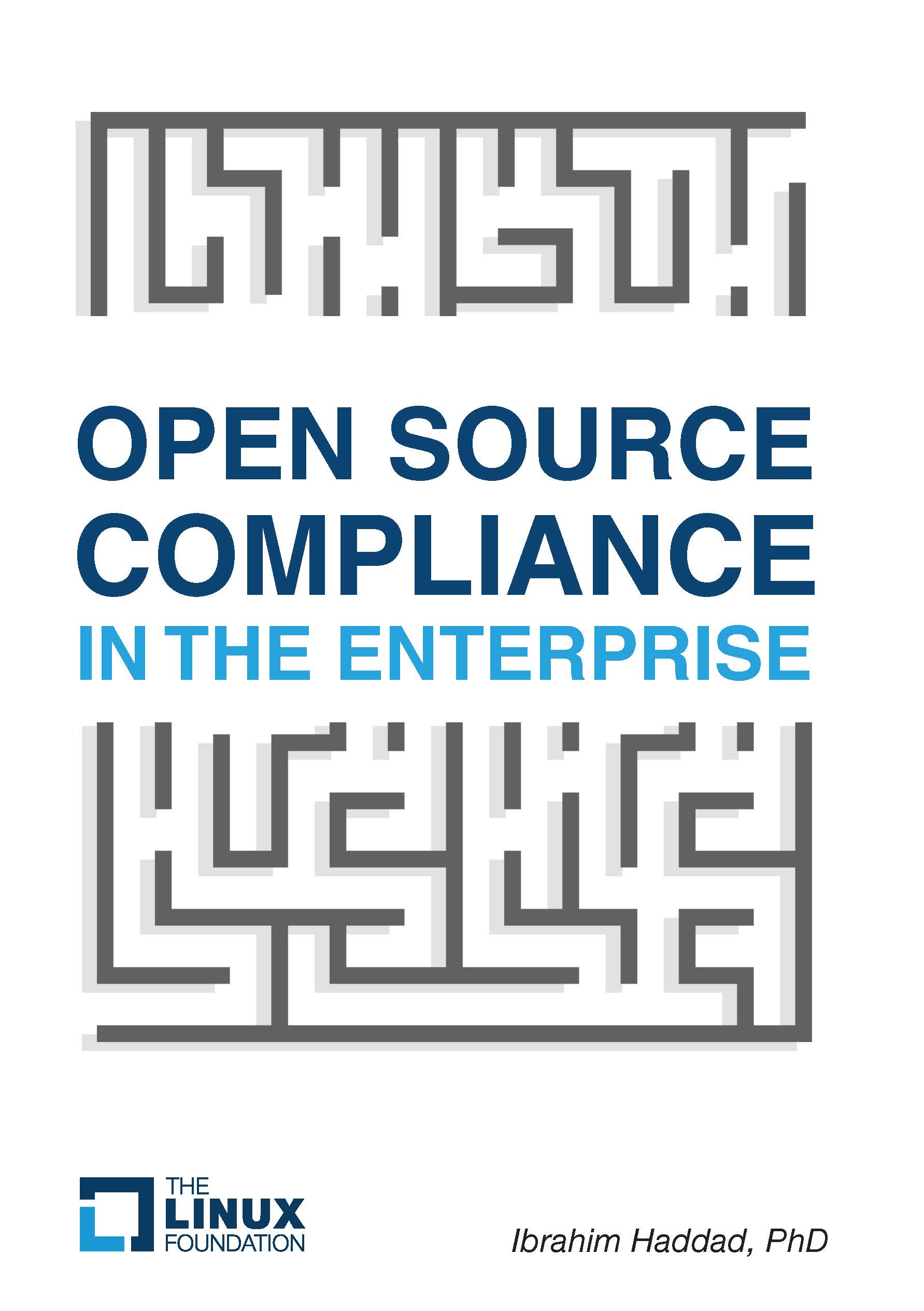The Linux Foundation today released a free e-book, Open Source Compliance in the Enterprise, that serves as a practical guide for organizations on how best to use open source code and participate in open source communities while complying with the spirit and the letter of open source licensing.

The book’s nine chapters take readers through the entire process of open source compliance, including an introduction to the topic, a description of how to establish an open source management program at their organization, and an overview of relevant roles. Examples of best practices and compliance checklists are provided to help those responsible for compliance activities create their own processes and policies.
“We frequently hear from organizations contributing to or simply using open source software about the desire to comply, but uncertainty about how best to do so,” said Mike Dolan, VP of strategic programs at The Linux Foundation. “Although it is sometimes viewed as a challenge, with better education on the topic, compliance can be easier for all involved in open source. This ebook, along with other efforts such as our free Compliance Basics for Developers training course, is one way we are working to help close the knowledge gap and make compliance easier for everyone.”
Companies Benefit from Open Source Compliance
As combining and building upon open source software components has become the de facto way for companies to create new products and services, organizations want to know how best to participate in open source communities and how to do so in a legal and responsible way.
Under this “multi-source development model” software components can consist of source code originating from any number of different sources and be licensed under different licenses. As a result, the risks that companies previously managed through company-to-company license and agreement negotiations are now managed through robust compliance programs and careful engineering practices.
Open source initiatives and projects provide companies and other organizations with a vehicle to accelerate innovation through collaboration. But there are important responsibilities that come with the benefits of teaming with the open source community: Companies must ensure compliance to the obligations that accompany open source licenses.
“Open source compliance is the process by which users, integrators, and developers of open source observe copyright notices and satisfy license obligations for their open source software components,” according to the book.
It lists several advantages for companies that achieve open source compliance including:
-
A technical advantage, because compliant software portfolios are easier to service, test, upgrade, and maintain
-
In the event of a compliance challenge, having a compliance program can demonstrate an ongoing pattern of acting in good faith
-
Help in preparing a company for possible acquisition, sale, or new product or service release
-
Verifiable compliance in dealing with OEMs and downstream vendors.
To learn more about the benefits of open source compliance and how to achieve it, download the free e-book today!


